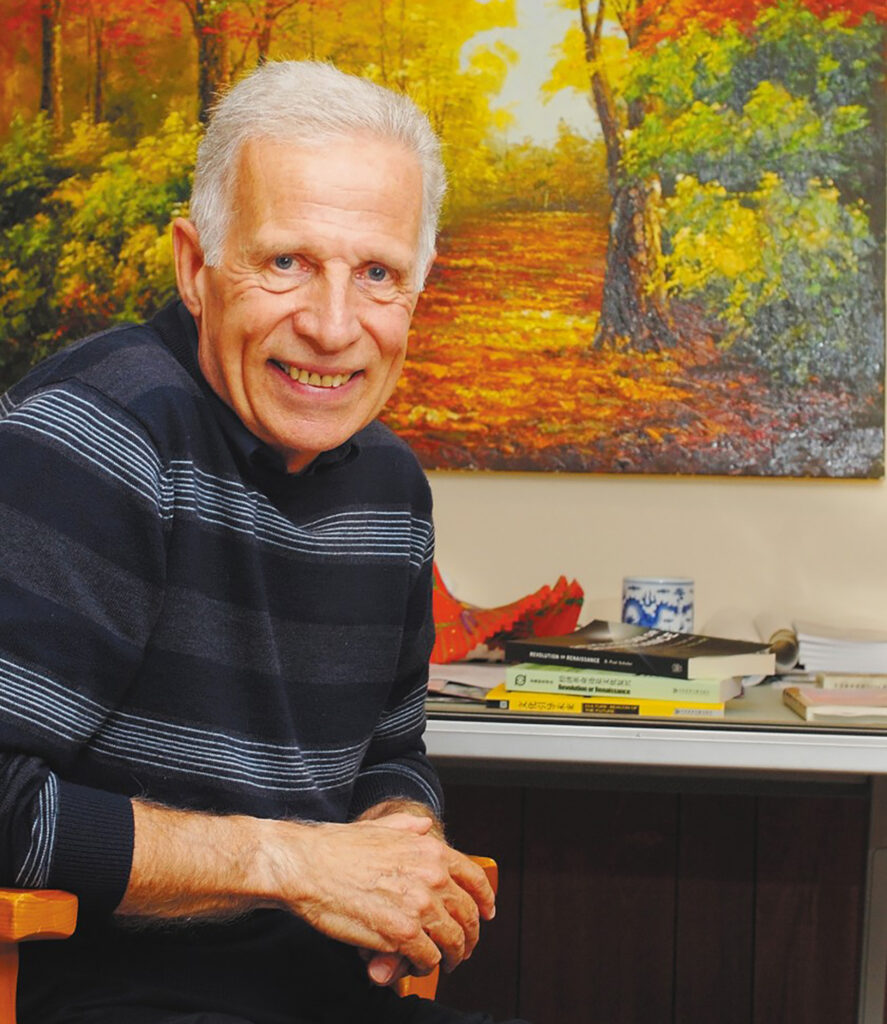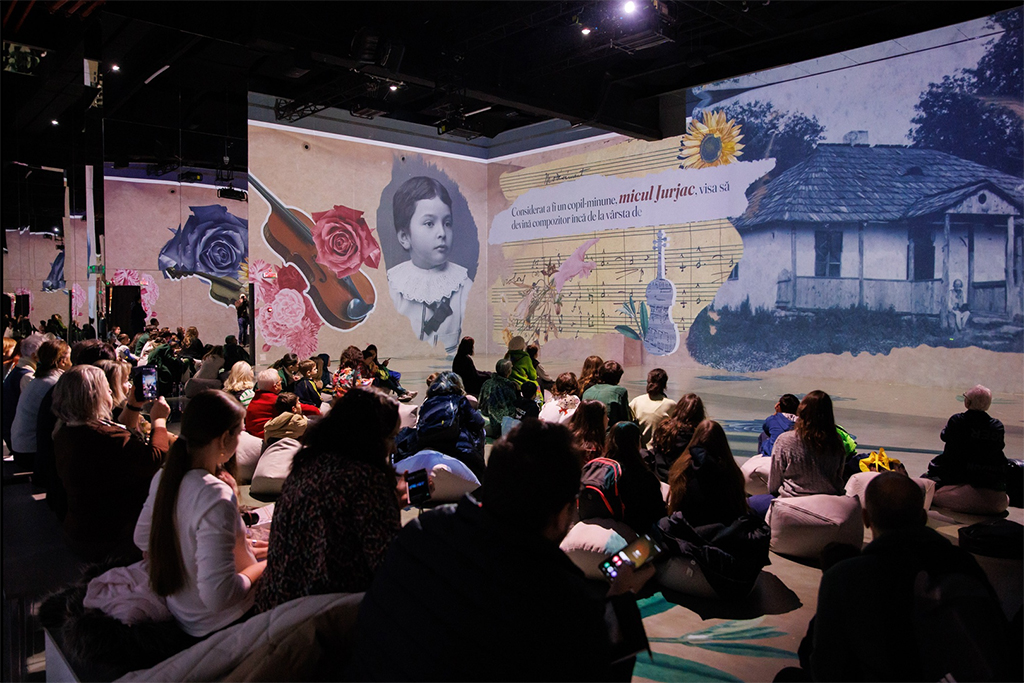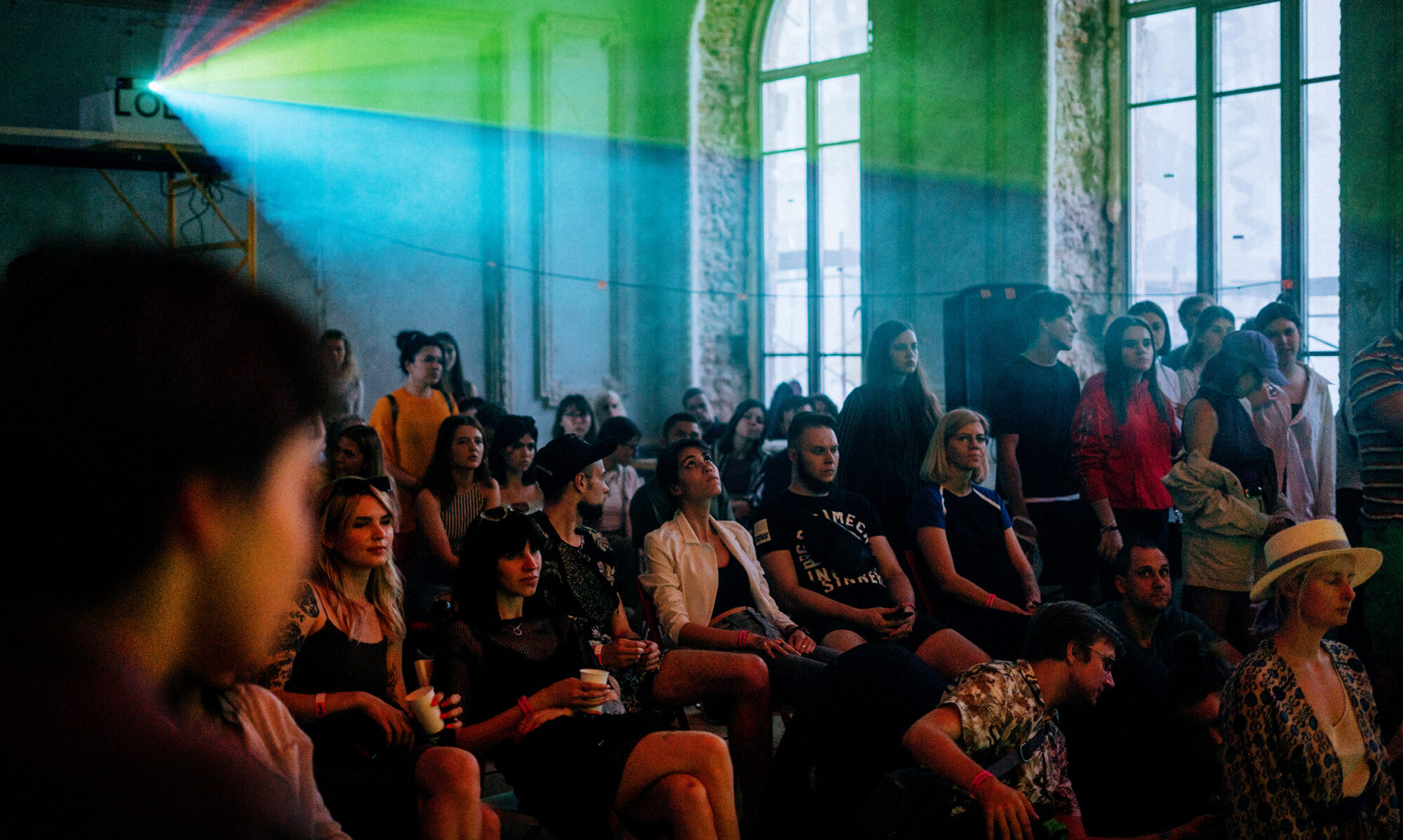It’s time for the arts to flourish with festivals leading the way

D. Paul Schafer has worked in the arts and cultural field for more than fifty years as an author, educator, adviser, and administrator. He is the founder and director of the World Culture Project based in Markham, Canada, is the author of many articles and books on the need for and nature of a cultural age such as The Age of Culture and The Great Cultural Awakening. He can be reached at dpaulschafer@sympatico.co and his World Culture Project Website can be accessed at: www.worldcultureproject.org.
“The greatness of a culture can be found in its festivals.” Siddarth Katragadda
The arts are among the most distinct, diverse, and distinguished activities in the world and have experienced periods of incredible exuberance and tremendous hardship over the centuries, as some of the oldest forms of human experience and expression. This paper looks at what is needed today and in the future with respect to the development of the arts.
The state of the world today
Anyone who lived through the night that ushered in the twenty-first century will recall how thrilled people were. There was exuberance and celebration everywhere. We thought a whole new era was opening up in the history of humanity and there was a great deal of hope and optimism that this would result in a much better world for all people and countries.
Unfortunately, this state of excitement and enthusiasm did not last long. It was replaced by far more negative thoughts and feelings, starting with the terrorist attacks in the United States on 11 September 2001. The profuse outpouring of grief around the world at that time was palpable and stands as vivid testimony of how suddenly things can change without any warning.
Since that day, things have got progressively worse rather than better. We started to get warnings from scientists and environmentalists that life-threatening changes were taking place in the relationship between human beings and the natural environment. This was followed by the Covid19 pandemic that struck in 2020 and led to the loss of millions of lives, accompanied by adverse effects to people’s health, lives, and well-being in general (and young people in particular), as well as countless artists who lost their jobs and sources of income during the pandemic but still have managed to share their talents and works with millions of people around the world free of charge. Major conflicts and wars in Europe, between Russia and Ukraine, and in the Middle East have escalated.
These developments and others have heightened anxiety, apprehension, hate, and anger and are strongly influenced by mass media and powerful communications systems that seem to have a penchant for reporting negative and depressing news, regardless of all the positive developments, improvements, and the contributions of those who are contributing to peace and well-being. There is no doubt that the world is in a troublesome, difficult, and turbulent state at present.
How could this be otherwise when the activities that are most needed to deal with this situation, provide more empathy, kindness, thoughtfulness, and humanity, such as the arts, are being progressively marginalised, weakened, and have had their funding severely cut? The common excuse of governments is that it is to promote economic growth, technological change, material and monetary wealth, and expenditure on military weapons, warfare, and defence.
Unleashing the power and potential of the arts
Surely what is needed more than anything else at this crucial time in human history is a quantum leap in the development of the arts and related activities. In order to set the world on a much more humane, and positive track in the years ahead, it is necessary to do three things and do them very well: value and treat the arts as ends in themselves first and foremost; take full advantage of the essential role the arts play as means to other ends; and provide the symbols that are required to open the doors to culture and cultures as the ways of life of people and countries.
The arts as ends in themselves
Little is more essential than seeing, valuing, and treating the works of artists and arts organisations as “ends in themselves” since everything emanates from and flows from it. Unfortunately, this is not the case at present due to the marginalisation of the arts, the severe cuts in arts funding in recent years, and most importantly the tendency to treat the arts as frills, entertainment activities, and secondary rather than primary activities on the part of governments, corporations and foundations.
This must change. Not only do the arts bring joy, happiness, beauty, peace, compassion, creativity, and fulfillment into the lives of people but also there is an incredible amount to be learned from the arts about living a full, upright, and committed life, experiencing good health and well-being, understanding and respecting the universal heritage of humankind and the cultures of other peoples and countries, and appreciating and respecting all aspects and manifestations of the natural environment and the lives of other species.1
The arts also help create the changes in value systems, lifestyles, ideals, and ways of life that are needed to make the world a better place. In order to accomplish this, artists and arts organisations will have to have the freedom and independence required to exercise and express their creativity, imagination, and be respected as important contributors to societies in their own right.
This can only be achieved by making the arts mainstream rather than marginal activities. It is especially important for governments, corporations, foundations and educational institutions, to accept and commit to this. This means recognising the deep cultural significance and fundamental importance of the arts as well as increasing funding for artists and arts organisations so that they can function effectively and be valued for their artistic achievements. This was visualised and confirmed many years ago in the Rockefeller Panel Report – The Performing Arts: Problems and Prospects – which declared, “The arts are not for a privileged few but for the many… their place is not at the periphery of society but at its centre… they are not just a form of recreation but are of central importance to our well-being and happiness.”2
The arts as means to other ends
Treating the arts as ends in themselves needs to be complemented by capitalising on the value and importance of the arts as means to other ends. Over the last century, most of the emphasis in this regard has been placed on the arts as “means to economic ends.” This is due to the billions of dollars that are spent on attending performing arts events, visiting art galleries and museums, enjoying artistic activities as tourists, purchasing products such as books, magazines, films with artistic content, watching artistic productions on television through the “arts and cultural industries,” and many others.
Over the last few years, a major shift has been taking place from the economic benefits of the arts to the social benefits.3 There are many reasons for this, such as the breakdown that occurred during the COVID pandemic when people were unable to attend live events, the fact that the arts bring people together rather than split them apart, the escalating interest in the social dimensions and significance of the arts, and the role they can play in the UN Social Development Goals (SDG’s). This is largely because the arts are shared experiences that ignite the spark between artists and audiences. Both have something precious to give to this process as well as something essential to receive in return. Artists give much of themselves and their innermost thoughts, feelings, and beliefs. Audiences respond by taking the time and trouble to react to these precious statements and courageous beliefs. “To have great poets there must be great audiences” expressed Walt Whitman.
What is true for the economic and social benefits of the arts is also true for health and well-being. In recent years, a remarkable amount of research has been conducted on this subject.4 This research has revealed that the arts have a quintessential role to play in improving people’s health and well-being at all ages and stages in life. This results from changes that take place in the brain and mind as a result of engaging in artistic activities of all kinds.
These benefits are being compounded by the environmental benefits. The arts are capable of reducing the huge impact we are having on nature, the natural environment, and the lives of other species. This is because many artistic, humanistic, and heritage activities are much more human intensive than material intensive. They do so by providing “experiences” in many cases rather than “products”. Much less damage is done when people are listening to music, watching a performance at the local arts centre, or painting pictures rather than buying another car.
The arts as symbols to open the doors to culture and cultures
As the gateway to culture, cultures, and civilisations, the arts have an indispensable role to play in this area as well. Symbols such as musical, visual, dramatic, and literary activities, architectural masterpieces, monuments, national anthems, cuisines, festivals, public squares, athletes, famous people, are specific parts of culture.
Take, for instance, the importance of symbols such as Cerventes’ popular novel Don Quixote, flamenco music, and football for the culture of Spain, the Eiffel Tower, Notre Dame Cathedral, and Claude Monet’s garden in Giverny for the culture France, the Taj Mahal and Gandhi for the culture of India, and the Great Wall and cuisines for China.5
Interestingly, festivals have an especially important role to play in all this. This is because they are very symbolic of the countries and cultures where they are situated, usually have very diverse audiences and involve performers and audience members from other parts of the world, can take place anytime during the year, and are often held outdoors rather than indoors during the summer months. Many arts festivals take place in front of famous architectural sites, in parks and conservation areas, beside gushing rivers and gorgeous lakes.
I am thinking here of the Donauinsel festival in the middle of the Danube River in Austria, the Osaka cherry blossom festival in Japan, the Athens Epidaurus Festival in Greece, and the remarkable castle that is situated strategically at the top of a steep hill overlooking Lake Bled in Slovenia. Not only do these and countless other festivals provide profound aesthetic experiences and emotional highs for their audiences, but also they enhance natural surroundings and enrich settings that are very beautiful to begin with but also create spiritual and ethereal states that are broader and deeper than the natural conditions themselves.
A world based on the arts’ and culture’s highest, wisest, and most enduring values, activities, and ideals would be an exciting and stimulating world indeed. It would confirm that the honest expression of feelings and emotions, artistic creation, lifelong learning, spirituality, friendship, compassion, and human love are among the most essential things of all – the things that are remembered and cherished long after everything else is forgotten. Given the state of the world it is difficult to see how it will be possible for people to live in times as troublesome, turbulent, and volatile as these without embracing the arts as fully and effectively as possible.
- See: D. Paul Schafer, The Arts: Gateway to a Fulfilling Life and Cultural Age (Oakville: ON. Rock’s Mills Press, 2020, Third Printing, 2022); or D. Paul Schafer: The World as Culture: Cultivation of the Soul to the Cosmic Whole (Oakville, ON. Rock’s Mills Press, 2022).
- Rockefeller Panel Report, The Performing Arts: Problems of Prospects (New York: The McGraw-Hill Companies, 1964).
- See Arnold Hauser, The Social History of Art, Vols. 1-4, (New York: Vintage Books, Third Printing, 1960) as an illustration of this. Also see: Predag Cvetičanin, Mirico Petrić, and Inga Tornić-Koludrović (eds.) Towards a Social Turn in Cultural Policy: A Policymaker’s Guidebook. One of the Outputs of the Horizon 2020 Project – European Inventory of Societal Values of Culture as a Basis for Inclusion.
- See, for example, Susan Magsamen and Ivy Ross, Your Brain on Art: How the Arts Transform Us (New York: Random House, 2023).
- D. Paul Schafer, ‘The Significance of Symbols in the Cultivation of Cultures as Whole and Ways of Life,’ EdA Esempi di Architettura, Special Two Volume Issue of the International Journal of Engineering and Architecture, Vol II, No. 2, January 26, 2024,. pp. 36-51.
Festival Life creates shared moments of audiences and artists, eye-to-eye


